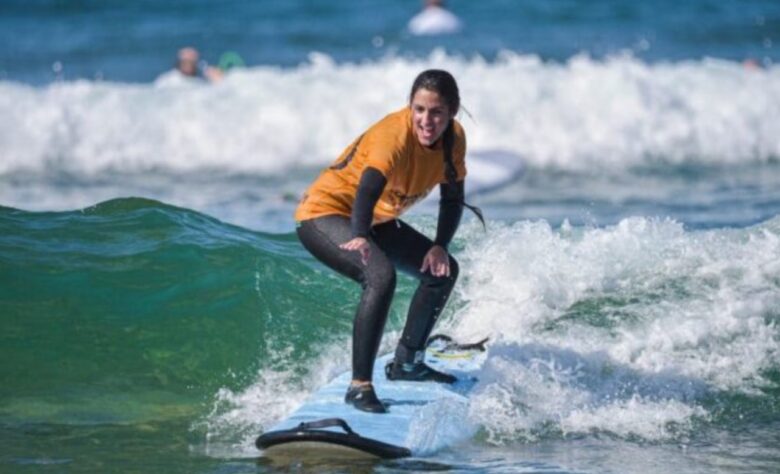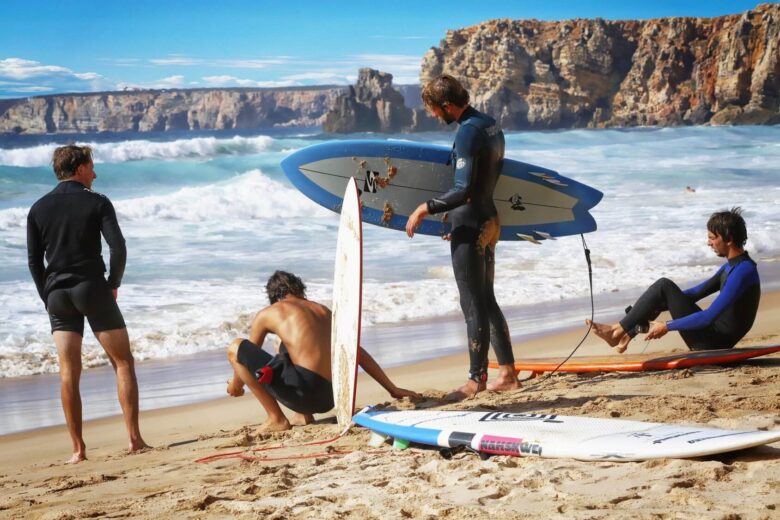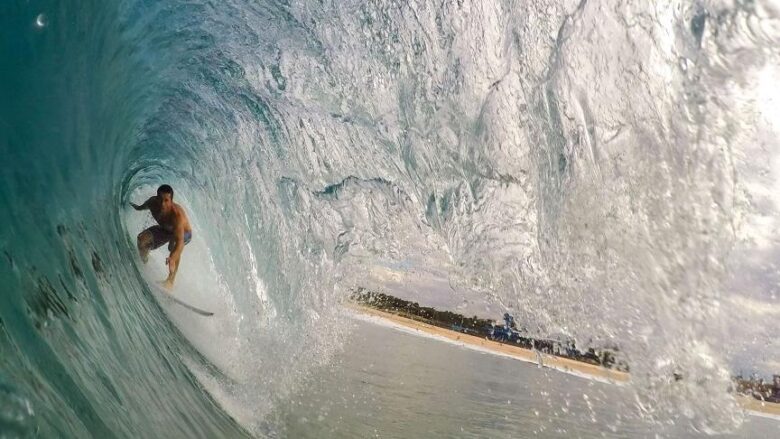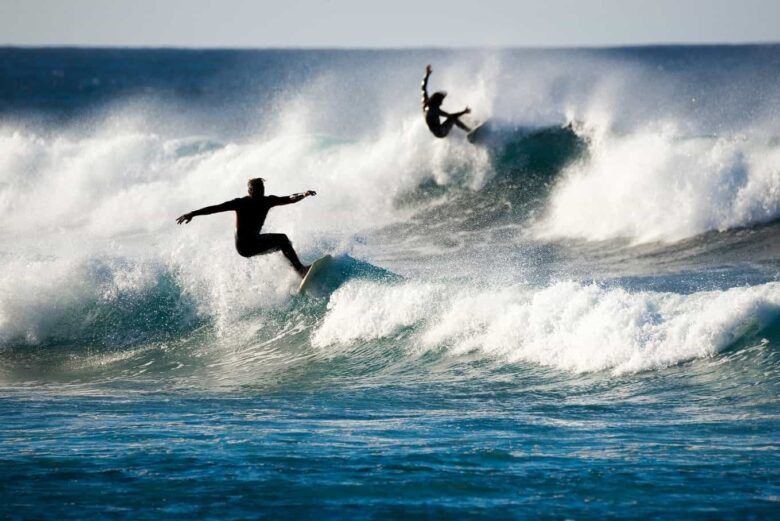Surfing is one of the most popular water sports in the world. And if you’re planning to learn surfing, the Canary Islands are one of the best places to start. With over 300 days of sunshine, warm water, and consistent waves, the Canary Islands have become a surfer’s paradise. In this article, we will provide you with a comprehensive guide on the best ways to learn surfing on the Canary Islands.
Contents
- Choosing the Best Surf Spots
- Schools and Instructors
- Equipment and Gear for Surfing on the Canary Islands
- Understanding the Ocean and Waves
- Techniques for Beginners
- Practicing and Improving Your Skills
- Surfing Events and Competitions in the Canary Islands
- Conclusion: Embracing the Surf Culture in the Canary Islands
Choosing the Best Surf Spots
One of the most important things to consider when learning to surf is choosing the right surf spot. In the Canary Islands, there are several spots suitable for all skill levels. If you’re a beginner, it’s best to start with Surfing lessons in Lanzarote and a spot that has small and gentle waves. Playa de Las Canteras in Las Palmas and Famara Beach in Lanzarote are excellent spots for beginners. If you’re an intermediate or advanced surfer, you can challenge yourself with bigger waves at surf spots like El Quemao or in El Confital in Las Palmas.
Schools and Instructors
While it’s possible to learn surfing on your own, it’s highly recommended to take lessons with a qualified instructor. Surf schools in the Canary Islands offer lessons for all levels, from complete beginners to advanced surfers. They provide you with all the necessary equipment and safety gear and teach you the basics of surfing, including paddling, standing up on the board, and riding waves.
Equipment and Gear for Surfing on the Canary Islands
Having the right equipment and gear is essential for learning to surf on the Canary Islands. While most schools provide all the necessary equipment for their students, some surfers prefer to buy their own gear for personal use.
Surfboard – the most important piece of equipment
The board is the most important piece of equipment for a surfer. When choosing a board, it’s important to consider your skill level, body type, and surf conditions. For beginners, a longboard is ideal because it provides stability and easier wave-catching. Intermediate and advanced surfers may prefer a shortboard, which is more maneuverable and suitable for bigger waves. There are also other types of boards, such as fish, funboard, and hybrid boards, which are suitable for different skill levels and surf conditions.

Source: booksurfcamps.com
Wetsuit
The water temperature in the Canary Islands ranges from 18°C to 24°C, depending on the season and location. Wetsuits are necessary to protect surfers from cold water and provide buoyancy. When choosing a wetsuit, consider the water temperature and the thickness of the wetsuit. For warmer water, a thinner wetsuit is suitable, while thicker wetsuits are needed for colder water. It’s also important to choose a wetsuit that fits well and allows for easy movement.
Leash
A leash is a safety device that attaches the surfer’s ankle to the surfboard, preventing the board from drifting away. Leashes come in different lengths and thicknesses, depending on the conditions and the size of the board. For bigger waves, a thicker and stronger leash is necessary to prevent them from snapping.
Wax
Wax is applied to the surface of the board to create traction and prevent the surfer from slipping off the board. There are different types of wax, depending on the water temperature and the conditions. In warm water, softer wax is suitable, while harder wax is needed in colder water.

Source: totalsurfcamp.com
Other Accessories
Other accessories that can enhance your surfing experience include fins, traction pads, and board bags. Fins provide stability and control when riding waves. Traction pads provide additional grip and comfort when standing on the board. Board bags are essential for protecting your surfboard during transport.
Understanding the Ocean and Waves
To become a good surfer, you need to understand the ocean and waves. The Canary Islands have a unique geography that creates different surf conditions depending on the location and time of year. To maximize your experience, it’s important to learn about the tides, currents, winds, and swell directions. Surf schools usually include an ocean awareness lesson in their surf courses to help you understand the ocean and waves.
Techniques for Beginners
Learning to surf can be challenging, but with the right techniques, you can progress quickly. The first thing to master is paddling, which is the key to catching waves. Then, you need to learn how to stand up on the board and balance your weight. Finally, you need to practice riding waves and turning the board. Surf schools usually break down the techniques into steps and provide you with personalized feedback to improve your skills.

Source: hotelesdunas.com
Practicing and Improving Your Skills
Learning to surf is a never-ending process. Even the best surfers in the world continue to practice and improve their skills Practicing and improving your skills is crucial to becoming a better surfer. After taking lessons, it’s important to continue practicing on your own. Try to surf as often as possible, and challenge yourself with different conditions. You can also watch videos of professional surfers and analyze their techniques to improve your own. Additionally, you can take advanced courses to learn more challenging maneuvers and tricks.
Surfing Events and Competitions in the Canary Islands
The Canary Islands host several surfing events and competitions throughout the year. These events attract surfers from all over the world and provide an opportunity to showcase your skills and meet other surfers. Some of the top surfing events in the Canary Islands include the Quemao Class in Lanzarote, the Gran Canaria Pro in Las Palmas, and the North Shore Challenge in Fuerteventura.

Source: reefbreak.net
Conclusion: Embracing the Surf Culture in the Canary Islands
The Canary Islands offer a perfect blend of warm weather, consistent waves, and beautiful scenery, making it an ideal destination for learning to surf. With the right spot, school, equipment, and techniques, you can become a confident surfer in no time. So, whether you’re a beginner or an advanced surfer, pack your bags, embrace the surf culture, and hit the waves on the Canary Islands. It’s a surfing experience you won’t forget!
